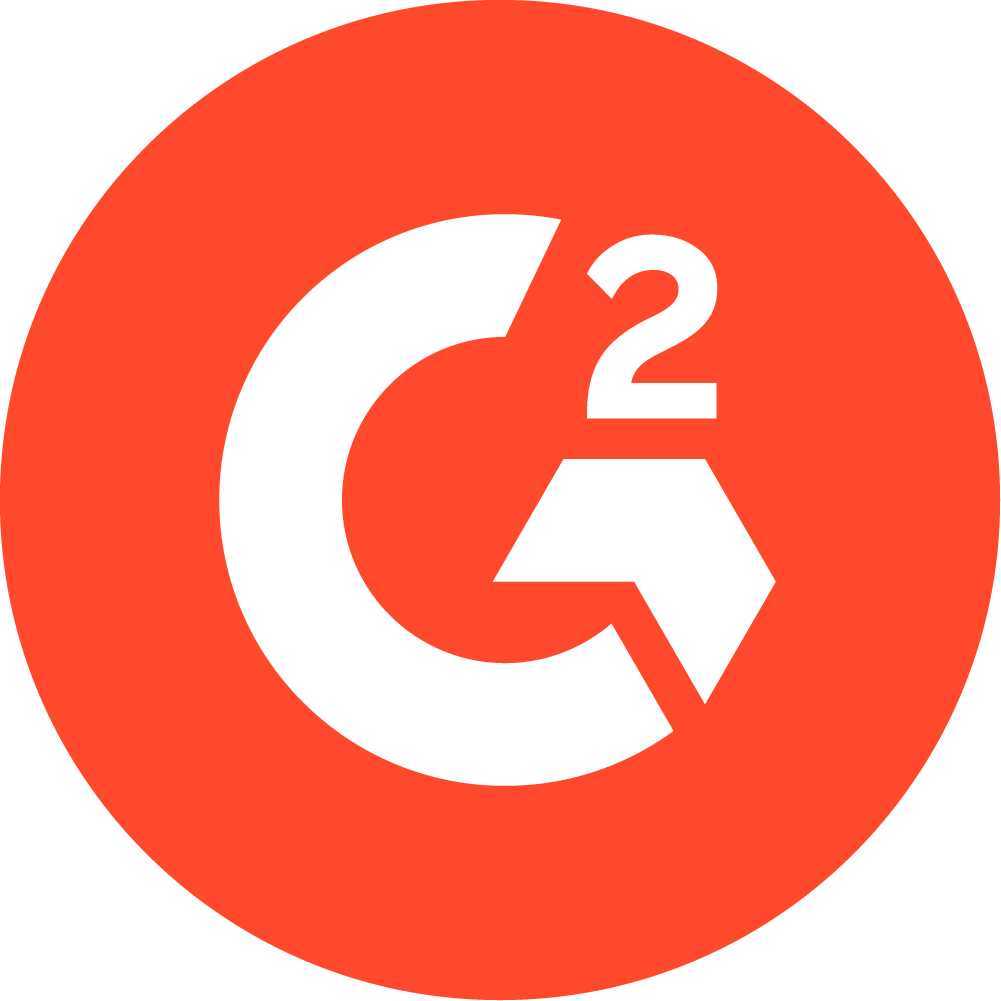Physical Therapists’ Guide to G-Codes
Prior to 2019, physical therapists used G-codes to satisfy certain requirements for reporting on Medicare patients’ functional limitations.
Choosing G-codes for your patients is simple with WebPT's fully integrated functional limitation reporting feature. See our G Code List for PT here.

Subscribe
Get the latest news and tips directly in your inbox by subscribing to our monthly newsletter
Introduction
What were G-codes?
G-codes were quality data codes that rehab therapy providers—including eligible physical therapists, occupational therapists, and speech-language pathologists—included on their Medicare claim forms to fulfill requirements for Functional Limitation Reporting (FLR). CMS originally used this code set to track information about Medicare beneficiaries’ function and condition. G-codes were also used to report for PQRS—a defunct quality-reporting program—until January 1, 2017.
Effective January 1, 2019, providers no longer have to report G-codes or severity modifiers for Medicare FLR. CMS eliminated all Medicare FLR requirements in the 2019 physician fee schedule, stating that the program placed undue burden on participants. To avoid billing mishaps, Medicare made FLR optional during 2019, but it is now no longer a requirement for outpatient rehab therapists.
Below is a comprehensive list of the 42 G-codes used in FLR (organized by category and specialty), followed by a list of now-discontinued severity modifiers, and still-active therapy modifiers. Further down the page, you’ll find the full list of G-codes for the PQRS program, which, as noted above, is no longer in effect.
(Please note, these G-codes are not to be confused with GG codes, which are still used in post-acute rehab settings such as home health and skilled nursing facilities.)
What were functional limitation reporting G-codes?
First off, let’s cover some FLR basics. Functional Limitation Reporting was a Centers for Medicare & Medicaid Services (CMS) reporting regulation for physical therapists, occupational therapists, and speech-language pathologists who provided outpatient therapy services to Medicare beneficiaries. Medicare would not reimburse providers if claims lacked FLR data.
The goal of FLR was to establish an evidence-based connection between rehab therapy treatment and patient progress. CMS initially hoped to use the information it collected from FLR (and its accompanying G-codes) to get a better sense of the Medicare beneficiary population, evaluate the effectiveness of the therapy treatment those patients received, and develop future payment structures for therapy services. But over time, CMS realized that the data it was collecting through FLR wasn’t suited for any of those purposes—which was part of why it discontinued the program.
FLR Completion
To comply with FLR, therapists had to report functional limitation data in the form of G-codes—along with the corresponding severity modifiers and therapy modifiers—at the initial examination, at minimum every tenth visit (or progress note), and at discharge for all patients who had Medicare proper as their primary or secondary insurance. Therapists did not need to complete FLR for patients who had Medicare replacement or Medicare Advantage (MA) plans.
Therapists could only report functional limitation data on each patient’s’ primary functional limitation—in other words, the main reason the patient sought rehabilitative services. However, therapists were permitted to treat as many limitations as was appropriate.
Medicare documentation and claims needed to include two FLR G-codes—each followed by a severity modifier and a therapy modifier—for a total of six FLR codes.
To see what functional limitation reporting was like in action, check out this post.
Medicare Claim Forms
Therapists who saw Medicare patients had to submit FLR G-codes as separate line items on Medicare claims. First, they entered the regular CPT codes (as on a normal claim) to indicate the treatment they provided. Then, they submitted each G-code with a nominal charge ($0.01). For claims that were longer than one page, therapists entered the total for item 27 on the last CMS-1500 claim form.
Reimbursements
To ensure that therapists received proper reimbursement for their services, WebPT recommended that they adhere to the following tips from now-retired compliance expert Tom Ambury:
- Create clear, detailed documentation during each patient’s episode of care.
- Audit your clinic’s documentation process regularly to ensure defensibility.
- File your claims in a timely manner.
- Stay current on reporting regulations, requirements, and legislation.
- Have a knowledgeable and trustworthy source for compliance information in case you have a question.
Rejections
If providers received rejection letters in response to their submitted claims because they omitted FLR data, there wasn’t much they could do—unless they were in a situation in which they actually did identify their patient’s primary functional limitation, completed an outcome measurement tool, and documented the resulting episode of care appropriately, but inadvertently omitted the corresponding G-codes and severity modifiers. If—and only if—that was the case, providers were permitted to go back, create an addendum with the missing codes, and re-submit their claims. However, addendums were liable to throw up red flags for Medicare. To learn more about the appropriateness of creating addendums, therapists were encouraged to contact their local MAC or a compliance expert. Under no circumstances were therapists allowed to go back and change their documentation to meet FLR requirements.
Now, on to the codes. Just to reiterate: these G-codes and severity modifiers are no longer mandatory on Medicare claims.
Physical Therapy and Occupational Therapy Codes
Mobility: Walking & Moving Around
Changing & Maintaining Body Position
Carrying, Moving & Handling Objects
Self Care
Other PT/OT Primary Functional Limitation
Other PT/OT Subsequent Functional Limitation
Speech-Language Pathology G-Codes
Swallowing
Motor Speech
Spoken Language Comprehension
Spoken Language Expression
Attention
Memory
Voice
Other Speech-Language Pathology
Functional Limitation Severity Modifier Codes
Functional Limitation Therapy Modifier Codes
Therapy modifiers are still actively used; they indicate the type of therapy services that are provided to a patient.
What were FLR outcome measurement tools?
Outcome measurement tools are objective tests that therapists used to help determine the severity and complexity of their patients’ functional limitations. Here are some of the outcome measurement tools that were available for rehab therapists to use to satisfy FLR requirements (please note that therapists still use these tools to set, and monitor progress toward, patient goals outside of FLR reporting):
Physical and Occupational Therapists
Speech-Language Pathologists
What were Physician Quality Reporting System G-codes?
Prior to the consolidation of PQRS into the Merit-based Incentive Payment System (MIPS) in January 2017, rehab therapists used a separate set of G-codes to report on PQRS measures. These G-codes were totally unrelated to those used for functional limitation reporting.
Below are the G-codes and other quality data codes (QDCs) that were associated with the 2016 PQRS measures applicable to each specialty (physical therapy, occupational therapy, and speech-language pathology).
Click here for more information about PQRS.
Physical Therapy
Occupational Therapy
Speech-Language Pathology
Do I still have to submit G-codes in 2023?
G-codes are no longer mandatory—for PQRS or for FLR—and PTs, OTs, and SLPs no longer have to include them on Medicare claims. Providers are also no longer able to use G-codes to report quality measures for MIPS.
Don’t face Medicare compliance alone.







